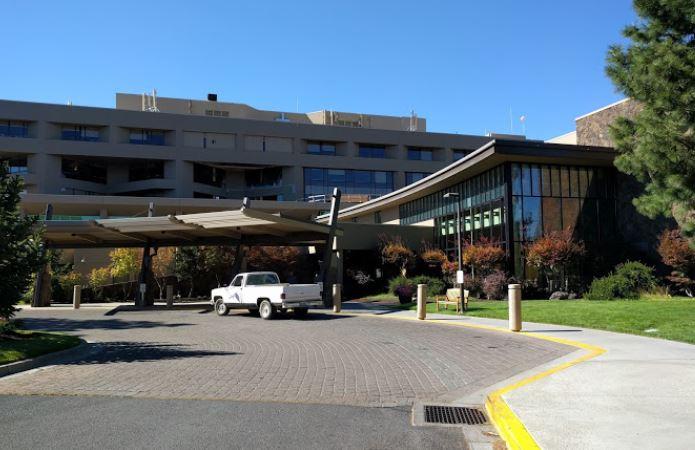
An 11-day strike has ended for about 150 medical technicians at St. Charles Health System in central Oregon, as union and hospital officials return to the bargaining table in earnest to agree on their first contract.
The medical workers returned to work on Monday and the sides will bargain to secure a contract by March 31, St. Charles Health System and the union -- the Oregon Federation of Nursing and Health Professionals -- said in a joint statement. The union represents some 154 workers, a group that includes X-ray, CT, nuclear and surgical technicians plus respiratory therapists. The workers voted in September 2019 to unionize.
“The agreement came together as both parties believe patient care is and should be the top priority. The strike has been distracting and difficult for all involved and it is in everyone’s best interest to return to the table and continue bargaining,” the joint statement said.
St. Charles, the dominant health care provider in central Oregon, unsuccessfully tried to get federal and state judges to halt the strike. The group argued the strike “threatens the public health and safety of the community” and would cause St. Charles “substantial harm” because the organization was financially hammered by the COVID-19 crisis and faced a “national shortage of replacement caregivers” to bring in during the strike. The union countered that the National Labor Relations Board, not the courts, is the arbitrator for labor disputes.
As the strike started, the health care system said St. Charles “continues to suffer incredible financial losses due to COVID-19.” The system ended 2020 about $21 million below its financial targets even after federal CARES Act relief funding, primarily due to state restrictions on elective surgeries and the high volume of COVID-19 patients, the company has said. The system said it posted an operating loss of $4.9 million for January. Last September, the system said that it lost money in the first quarter of 2020, but was expecting a modest profit margin of 3%-7% for the year.
The system’s hospitals are moderately profitable most years, according to filings with the Oregon Health Authority. The non-profit system had an investment portfolio of about half a billion dollars as of its latest tax filing with the Internal Revenue Service.
Before the strike, the hospital identified the sticking points as pay and “union security,” which determines whether an employee must join the union and pay dues. The hospital system had sought an “open shop,” which doesn’t require membership and the union had requested a “closed shop,” which requires membership.
The joint statement said a federal mediator has helped and will “continue to guide bargaining sessions through the end of the month. We look forward to building on this partnership to approach our collective challenges with dynamic solutions that will result in a fair contract.”
The health system had no further comment.
In an interview on Tuesday, Shane Burley, communications organizer for the union, said the bargaining will start later this week, with initial plans to bargain “every day for about five days, eight hours a day.” Burley said it’s a quickly-moving process and the union believes it will reach a contract agreement by the end of the month.
The health system has about 4,600 workers. These include registered nurses who are represented by the Oregon Nurses Association, an affiliate of the American Federation of Teachers.
You can reach Ben Botkin at [email protected] or via Twitter @BenBotkin1.
